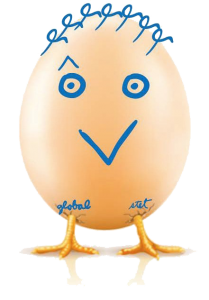A Beginner's Guide
to Reading Candlestick Charts
Candlestick charts are a popular tool used by traders to visualize price movements in financial markets. These charts provide valuable information about market sentiment, price direction, and potential reversals. Each candlestick represents a specific time frame, ranging from minutes to weeks, and displays four key prices: open, high, low, and close. Traders use candlestick charts because they offer more information than how to read candlestick, simple line charts, helping to make better-informed decisions. Understanding how to read candlesticks is crucial for anyone interested in technical analysis and trading strategies. By learning to interpret these charts, traders can spot trends and identify entry and exit points.
A candlestick chart is a type of financial chart that shows price movements over a specific time frame. Each candlestick on the chart represents a single time period, whether it’s one minute, one hour, or one day. Candlestick charts are made up of individual candles, each displaying the open, close, high, and low prices for that period. The candlestick’s body represents the price range between the open and close, while the wicks (also called shadows) show the highest and lowest prices during that time. This chart type originated in Japan and has been used by traders worldwide for centuries. It's popular because it offers a detailed view of price action, allowing traders to quickly assess market conditions and potential trends.
To read a candlestick chart effectively, you need to understand its main components: the body, the wick (or shadow), and the colors that
represent price movement.
The body of a candlestick is the thick part between the open and close prices.
If the close is higher than the open, the body is typically colored green or white, indicating a bullish movement. If the close is lower
than the open, the body is red or black, signifying a bearish movement. The size of the body gives insight into the strength of the price
movement; a larger body means stronger momentum.
The wick represents the highest and lowest prices reached during the time period.
A long upper wick suggests that buyers tried to push prices higher but were eventually overpowered by sellers. Conversely, a long lower wick
shows that sellers pushed prices down before buyers regained control. Short wicks indicate that most of the trading occurred near the open
and close prices.
The color of a candlestick helps traders quickly understand whether the market is moving up or down. As mentioned earlier, green or white candles are bullish, showing that prices have closed higher than they opened. Red or black candles are bearish, meaning prices closed lower. Some traders customize their chart colors, but the concept remains the same: colors help identify market sentiment at a glance.
